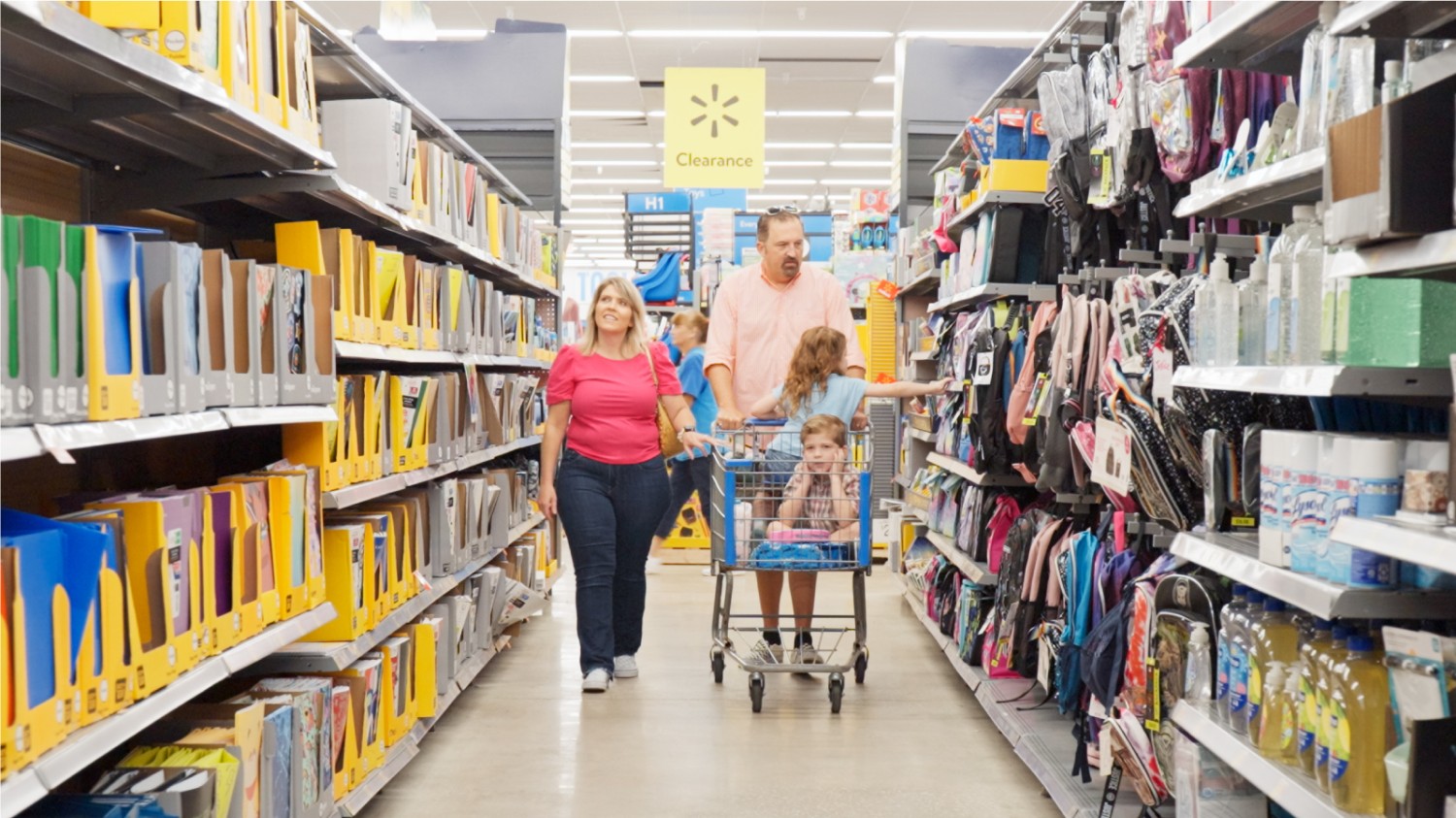The convenience of self-checkout technology has been reevaluated as retailers face increasing merchandise losses and customer frustrations. This article explores the changing strategies of major supermarket chains and the implications of self-service machines.
CNN reported that supermarket chains worldwide, including Booths in the UK and Walmart and Costco in the US, are reconsidering their self-checkout strategies. Various factors, including higher merchandise losses and customer errors, have prompted retailers to dial back on this technology, according to Albany Herald.
The Rise and Potential Pitfalls of Self-Checkout
Initially introduced in the 1980s to reduce labor expenses, self-checkout machines gained popularity in the early 2000s. During the pandemic, these machines offered a means for contactless transactions. However, their widespread use has led to increased shrinkage and customer frustrations.
Retailers employing self-checkout technology have reported a loss rate of about 4 percent, double the industry average. To curb this problem, stores have employed security features such as weight sensors. While these measures have curbed theft, they have also resulted in more errors and required employee intervention.
Higher shrinkage rates due to self-checkout have prompted retailers to reassess the overall customer experience. Retail giants like Walmart and ShopRite have removed self-checkout machines from certain locations, taking into consideration customer complaints and aiming to mitigate losses.
Challenges and Solutions
Retailers have tried various strategies to limit losses, but the use of self-checkout still presents challenges. Costco, for example, has increased staff in these areas to prevent unauthorized use of membership cards. However, these solutions don't come without their own set of hurdles.
The problem of increased shrinkage, attributed to both shoplifting and self-checkout usage, is pervasive throughout the retail industry. This has sparked calls for stricter penalties for theft and further examination of the implications of self-checkout technology.
As retailers grapple with the ramifications of self-checkout, the future of this technology remains uncertain. Striking the balance between convenience and security will be crucial as retailers seek alternative solutions to reduce losses and enhance the shopping experience.
Photo: Walmart Newsroom



 Elon Musk Tells Users to ‘Stop Using Hashtags’ on X as Platform Moves Away From Trends
Elon Musk Tells Users to ‘Stop Using Hashtags’ on X as Platform Moves Away From Trends  Nintendo Switch 2 Dock Leak Hints at Faster Performance but 4K Output Reportedly Capped at 30 FPS
Nintendo Switch 2 Dock Leak Hints at Faster Performance but 4K Output Reportedly Capped at 30 FPS  Mark Zuckerberg and Elon Musk Challenge Sam Altman’s $157 Billion OpenAI Over Profit Ambitions
Mark Zuckerberg and Elon Musk Challenge Sam Altman’s $157 Billion OpenAI Over Profit Ambitions  Why Scottish salmon’s rebrand may end up harming the integrity of a top export and hurting producers
Why Scottish salmon’s rebrand may end up harming the integrity of a top export and hurting producers  CNN's 'Historic Ratings Collapse' in 2024 Election Year Raises Industry Concerns
CNN's 'Historic Ratings Collapse' in 2024 Election Year Raises Industry Concerns  Apple Launches Limited-Time Apple Card Sign-Up Offers: Earn Up to $300 Daily Cash Rewards
Apple Launches Limited-Time Apple Card Sign-Up Offers: Earn Up to $300 Daily Cash Rewards  American Airlines to ‘End DEI Hiring Practices’ After Complaint Sparks Federal Intervention and Policy Review
American Airlines to ‘End DEI Hiring Practices’ After Complaint Sparks Federal Intervention and Policy Review  Saudi Arabia Warns ‘No Israel Ties’ Unless Gaza War Ends as Trump Allies Pressure for Deal
Saudi Arabia Warns ‘No Israel Ties’ Unless Gaza War Ends as Trump Allies Pressure for Deal  The Crypto Market is Thrown into Chaos as XRP Plummets 12% & $1 Trillion is Wiped Out
The Crypto Market is Thrown into Chaos as XRP Plummets 12% & $1 Trillion is Wiped Out  Digital Real Estate: How SEO Expertise Becomes a Valuable Investment Asset in the Modern Economy
Digital Real Estate: How SEO Expertise Becomes a Valuable Investment Asset in the Modern Economy  Starbucks Union Strike Expands Nationwide as Baristas Demand Higher Wages, Better Schedules, and Fair Staffing
Starbucks Union Strike Expands Nationwide as Baristas Demand Higher Wages, Better Schedules, and Fair Staffing  How to use an AI art detector
How to use an AI art detector  BC.GAME Enters Online Poker Market with BCPoker Launch Featuring Three Classic Variants
BC.GAME Enters Online Poker Market with BCPoker Launch Featuring Three Classic Variants 































